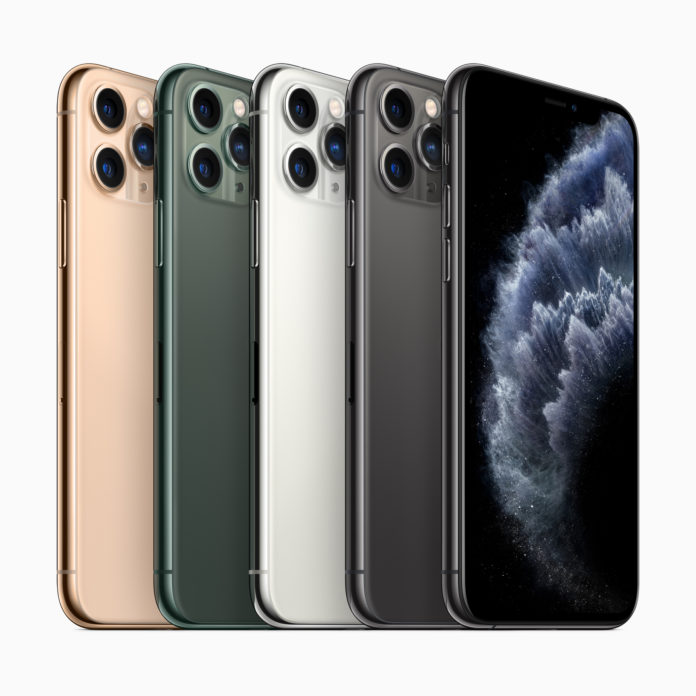If iPhone rumors and reports are to be believed (sometimes they pan out), then we might see a notchless iPhone that is truly all screen in 2020.
The iPhone has been moving toward more and more screen for years now with the iPhone X being the first to kind of do it. The introduction of the notch that was marketed as a cousin to the famous bitten apple in the company’s logo, was a replacement for the long-serving home button.
While the tech contained in the notch at the top of Apple’s flagship phone was “top notch,” its interference with visuals has been a sore point for users. You see, the notch is at the top of the screen and juts into it. So if you’re watching a video full screen, the top (or the left-side if you’re watching landscape) is cut off. This occurs on popular platforms like Netflix and nobody really seems to be addressing it.
It appears Apple was expecting platforms to solve the issue for them or maybe they thought we’d all just “get used to it.”
While Face ID no doubt is the most secure system in place in any iPhone, it just seems like there’s got to be something better. We’ve heard reports that Apple was looking to get rid of the notch by 2021, but now a report that was brought to our attention by 9to5Mac suggests it could be here as early as 2020.
The report from LetsGoDigital cites China Times doing their due diligence at MWC Shanghai and finding out that Apple Suppliers are “finalizing the development of a full screen display for the iPhone 2020.”
This information was supposedly gathered from a Credit Suisse presentation, which is a “Swiss financial services provider.” So, you know, totally a reliable source on all things Apple. We could take this all with a grain of salt if LetsGoDigital didn’t also report that they found three patents filed in Japan for a notchless iPhone. This seems to corroborate the China Times story.
For now, it seems to be a game of telephone, so there’s no real way to know if they simply misinterpreted “2021” for “2020” or if it’s all speculation.
The patents and their published documentation do seem to hold some water, but as we know, we’re never certain of anything until it actually launches.










